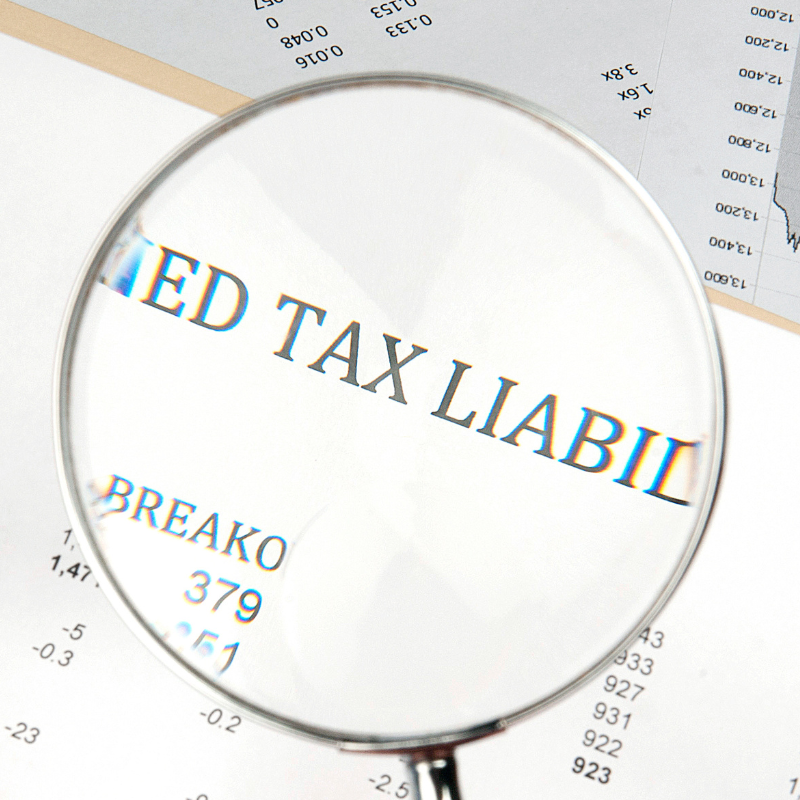Insuring Drones – A Risky Business
Insurance companies recognize the potential for this market; but also understand that insuring drones or unmanned aerial vehicles (UAVs) is a very risky business. Currently, one of the most difficult aspects of writing UAV coverage is pricing the product. Due to extremely limited industry data with respect to historical claims, the prediction of future claims is, at best, a challenge.
There are numerous factors that must be considered in such a pricing model, many of which make it difficult to predict the expected losses at this time. Let’s look at just a few.
Operator experience and training
What is the operator’s experience level with UAVs? Have they been operating UAVs for years, or did they just open the box on Christmas day? Has he/she been properly trained? Training for drone operators has become widely available; however there is no licensing requirement, as you would find for automobile or manned aircraft operation. Insurers are beginning to require completion of some level of formal training to be eligible for coverage; and it is expected to become mandatory at some point in the future. In March 2016, the Senate just introduced proposed legislation to require on-line testing of UAV fliers to prove that they understand the FAA regulations and restrictions for UAVs.
Nature of the equipment
There are literally hundreds (if not thousands) of drone manufacturers around the world. The products range from unsophisticated “toys” to extremely complex commercial/military models with all kinds of bells and whistles. An insurer would be interested in knowing the cost of replacement or repair, the speed at which it can fly, the maximum altitude it can attain, and the weight of the equipment and any payload it may be carrying.
Intended use of the UAV
If the drone is for recreational use only, then most likely the operator would have liability coverage under his/her homeowners policy (but that should be verified with the operator’s carrier). However if the UAV is to be used for commercial purposes, a separate policy or rider would be necessary, and the first question that will be asked is “what will the drone be used for?” There are many current uses and the applications for UAVs are expanding every day. Some of the more wide-spread uses include agriculture (farmers), construction (roofers, etc.), security, real estate and videography. Determining the potential for a loss occurring under any of these uses is the real challenge.
Type of coverage
Owner/operator drone insurance policies are usually broken down into two basic coverages: Liability (covers damage or injury to third parties) and Hull (covers damage to your own UAV). The extent of the coverage, and more importantly, the exclusions will vary widely by carrier and policy. A popular exclusion is “privacy claims”. This is an area of great concern to state regulators. Several states, including Florida, have already enacted privacy-related laws that prohibit the use of drones to capture images of privately owned property without written consent from the people on that property. Under the terms of the Florida law, individuals who believe their privacy was violated can sue for damages and even be awarded attorney’s fees if successful. Insurers are carefully watching this developing exposure.
If insurers want to be conservative, the Insurance Services Office (ISO) has recently released policy endorsements that can be used with a standard general liability policy to exclude injury or damage caused by the use of drones or to simply limit the coverage with respect to such claims. But is conservative underwriting the right answer, given the predictions of substantial growth of drone sales in the next several years? More likely, insurers will want to be prepared to capture their share of this expanding market, with specialty aviation-related carriers taking the lead. However with all of the unknowns associated with UAVs, such as expanding regulations, ever changing uses for drones, emerging equipment technology and an uncertain loss profile for the future, it would appear that insurers are treading lightly in this rapidly developing area of risk.
 |
Raymond J. Broek, CPA, MBA, Partner T (973) 898 9494 [email protected] View Experience |
Ask Our Experts
The information contained herein is not necessarily all inclusive, does not constitute legal or any other advice, and should not be relied upon without first consulting with appropriate qualified professionals.


